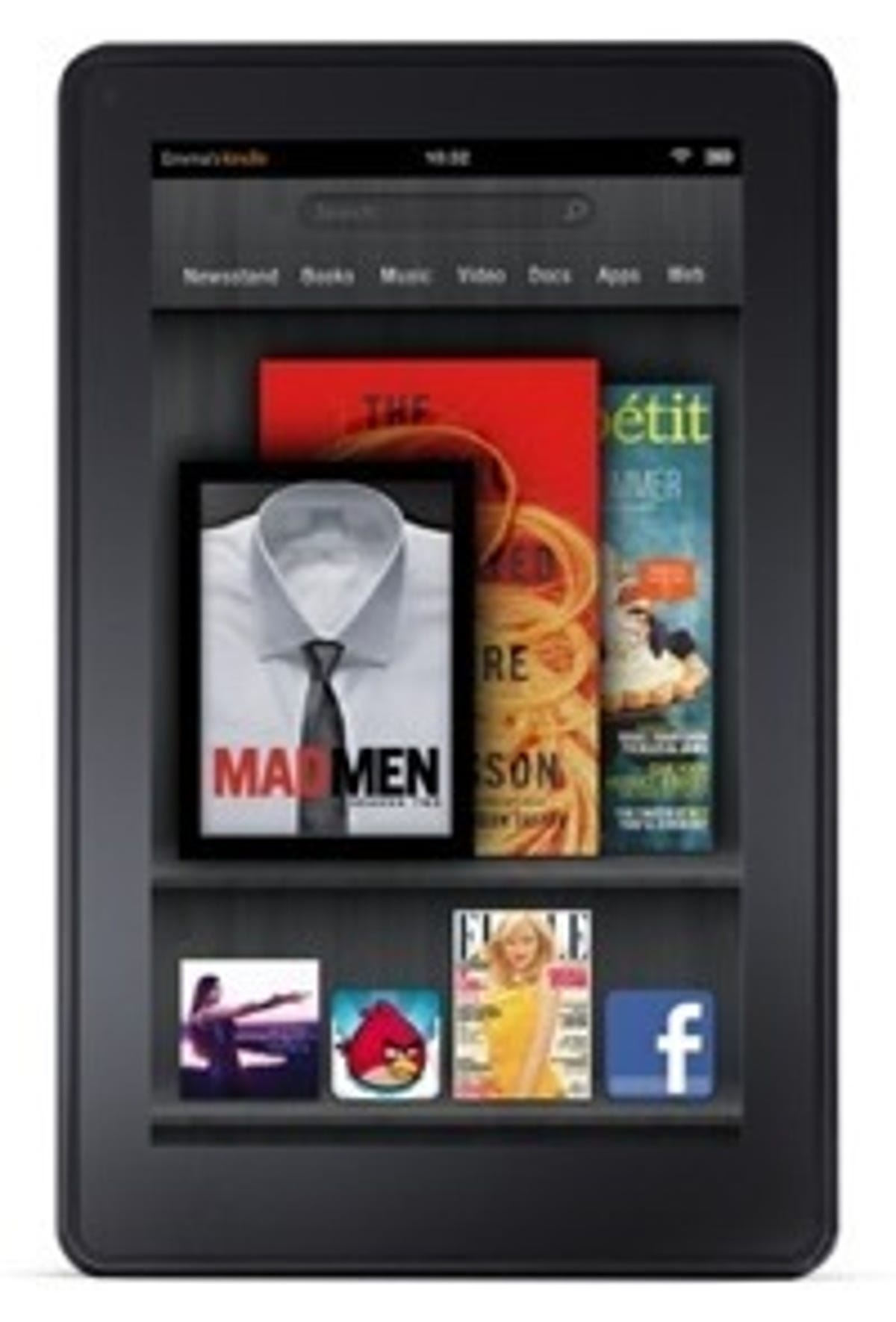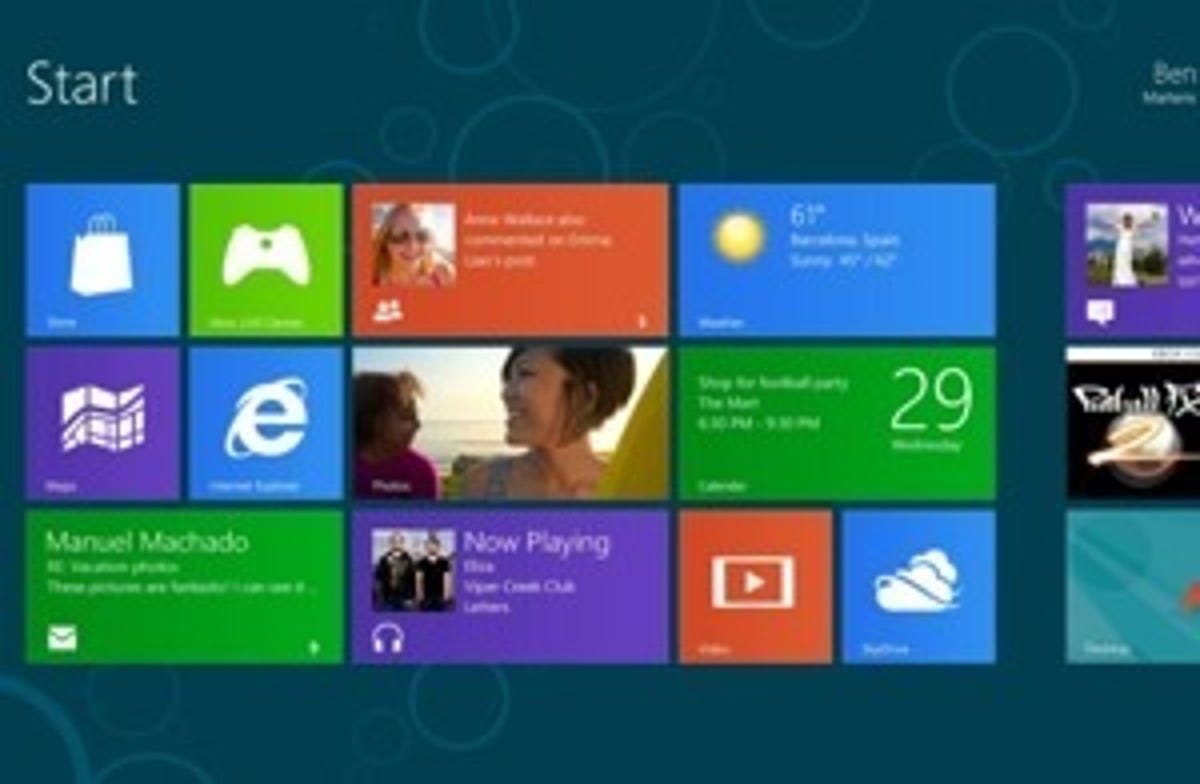The Apple iPad is a deceptive little monster. And the companies that are getting caught up in its deception are paying dearly for it. HP Palm fell for it. RIM fell for it. Others fell for it to a lesser degree, and some are still in danger of suffering from it.
The problem is that when most of the traditional technology companies look at the iPad, they see the wrong things. They see an oversized smartphone screen that’s extremely limited in what it can do. So they’ve said to themselves, “We can build one of those, add more features, and people will buy our version instead.”
That thinking has largely failed. Two years after the Apple tablet was unveiled, the iPad still controls a head-scratching two-thirds of the tablet market despite the fact that there are plenty of cheaper imitations and lots of products that have more features.
The companies that are creating iPad competitors aren’t paying attention to the three things that are making the iPad a hit with consumers:
- Fear-proof simplicity
- A great catalog of tablet apps and content
- Long battery life
With its BlackBerry PlayBook, RIM tried to build a tablet that was more enterprise-friendly than the iPad. Business professionals looked at it and saw a 7-inch tablet that didn’t have as many apps, wasn’t as simple to use, and had battery life that wasn’t quite as good as the iPad. So, they bought the iPad instead. Meanwhile, during the year that BlackBerry spent focusing on the PlayBook, it didn’t release enough innovative new smartphone designs to keep pace with Android and iPhone and now the veteran smartphone maker is struggling mightily.
With its TouchPad, HP’s Palm division tried to build a tablet that could multitask like a PC. And it pulled it off — albeit at the expense of battery life. But, consumers basically said that if they wanted a laptop they’d just buy a laptop, and the ones who wanted a tablet bought the iPad. Meanwhile, HP Palm had diverted resources away from innovating its Pre smartphone line and the high-profile failure of the TouchPad gave HP’s then-CEO Leo Apotheker all the excuse he needed to pull the plug on the whole Palm division.
Those are the two most poignant examples of groups that got side-tracked chasing the iPad and came to rue the mistake. There are others that have also gotten caught in the vortex and a few that are still in the danger zone.
The danger list
When we talk about companies — and divisions of big companies — that have struggled to compete against the iPad, there’s a handful that will immediately come to mind. So I’ve created a list and rated them based on how much danger they’re in — no danger, mild danger, or serious danger.
Samsung (no danger)
While Samsung has released a flurry of different tablet models in all shapes and sizes, it hasn’t distracted the company at all. It has still been producing a steady stream of top-selling smartphones. This is a company that is all about releasing a ton of different products and hoping a few of them become hits. As such, Samsung is probably the least likely on this list to get sidetracked by chasing the iPad.
Google Android (mild danger)
Going after the iPad messed up the Android development cycle in 2011. Google launched Android 3.0 as a tablet-only release, which left most Android phones stranded back on Android 2.3 “Gingerbread,” which still remains by far the most prevalent version of Android on phones today despite the fact that it was released in December 2010.
Android tablets turned out to be a big disappointment. While Google was dedicating resources to Android tablets, the Android phone platform was splintering, getting hit by malware, suffering from slow software updates, and being loaded down with crapware from mobile carriers. Google has reunified Android in version 4.0 and addressed many of these issues, so it looks like it’s back on track. The company hasn’t been talking about tablets much in 2012. When it goes down the tablet road again, I expect that Google won’t allow it to distract from the phone ecosystem next time.
HTC (mild danger)
HTC was formerly the top-selling hardware vendor in Android smartphones and it still makes the only Android skin (HTC Sense) that truly improves on the stock Android OS. But, in mid-2011, it released the 7-inch HTC Flyer, which was one of the worst tablets of the year. And, as it focused on its tablet play, the scrappy little phone maker had a lull in smartphone innovation that allowed Samsung and Motorola to leapfrog it in the second half of 2011 with better devices that attracted a lot more buyers.
In 2012, HTC has unveiled its impressive new line of “One” smartphones and hasn’t talked about tablets. Still, HTC’s 2011 setback allowed Samsung to take the pole position in the Android market and it doesn’t look likely that HTC will be able to take it back any time soon. HTC just isn’t as big as Samsung and can’t afford to get distracted on tablets again.
Asus (mild danger)
With its Transformer line, Asus has produced the most innovative tablets in the Android ecosystem. These tablets, which have a full keyboard dock for a more laptop-like experience and a longer battery charge, have definitely appealed to power users. But, that hasn’t driven enough sales to make it worth all of the focus that Asus has put on it.
At a time when Dell, HP, and Acer are struggling in the PC market, Asus would have probably been better off putting its emphasis on its cutting edge laptop and desktop designs and taking market share from its struggling rivals. Still, the Transformer line could help Asus become a leader in Intel’s hybrid Ultrabook movement — although that concept is certainly not guaranteed to be a slam dunk with consumers.
Amazon (mild to serious danger)


Amazon
With the Kindle Fire, Amazon produced the best competitor to the iPad. Amazon wisely lined up the app and content ecosystem for the Kindle Fire before launching the device and marketed the product very well. As a result, it quickly nabbed the No. 2 spot in the tablet market behind the iPad. Big success, right? Well, there are two problems with the Kindle Fire. First, after its big holiday season, sales of the Kindle Fire plummeted in the first quarter of this year, which means most buyers probably aren’t recommending it to their family and friends.
The other problem with the Kindle Fire is that in building a tablet, Amazon took focus away from its core e-reader business. The company might have been better off working toward bringing a full-color e-reader to market. The Kindle Fire was a risky move for Amazon and there are rumors that it’s also planning a 10-inch Kindle Fire. This whole thing could still turn out to be a distraction that took the company down the wrong path as a second-rate device maker (and open the door for Barnes & Noble to steal some of the e-reader market). But, it could also pave the way for a low-cost color e-reader that doubles as a tablet-like media player.
Amazon is playing a high risk game here. Making an e-reader was one thing, but building multiple tablets would take it down the road of becoming a full-fledged consumer electronics company, and that could turn into a distraction for a company that makes all of its money off e-commerce and only sells its devices at break-even prices. Still, if the razor blade scheme pays off for Amazon, it could be highly profitable for the company and offer consumers plenty of low-cost devices. But, make no mistake, it has to be managed very carefully and very wisely.
Intel (serious danger)
Intel wants to make the processor for the iPad, but Apple has rejected its Silicon Valley partner in favor of ARM processors that don’t use as much power and have much better battery life. That’s been a key factor in the iPad’s success, as I noted above. Unlike the other companies on this list, Intel’s problem in the tablet market isn’t that it’s trying too hard, but that it hasn’t tried hard enough. Intel has predicted the mobile revolution for years, but it hasn’t been able to build a mobile processor that is efficient enough to compete with ARM CPUs. As the number of ARM devices multiply exponentially and dwarf the sales of PCs, Intel will have to quickly catch up or acquire an ARM-based CPU company like Nvidia to compete.
Microsoft Windows (serious danger)
Windows has the most to lose from the iPad since the iPad is eating the bottom out of the PC market. Every person who chooses an iPad instead of a laptop is taking about $50 out of Microsoft’s pocket and putting about $300 into Apple’s pocket. That helps explain why in the two years since the iPad was introduced, Apple has soared past Microsoft in revenue, profit, and market value — even though the iPad will sell about 60 million units in 2012 while PCs will sell about 400 million units.


Microsoft
That’s why Microsoft is making such a bold move with Windows 8 and turning it into an operating system that is optimized for touch screens first and traditional PCs second. That would seem contradictory since even the most optimistic tablet projections show them being outsold by PCs over the next five years. Microsoft is basically taking all of those PC sales for granted and making the assumption that those users will put up with the tablet-ness of Windows 8. That’s how determined Microsoft is to not let Apple run away with the tablet market.
Like Amazon, Microsoft is playing a high-stakes game in tablets and there’s a lot of risk involved. For Microsoft, the stakes are even higher since Windows is one of the company’s primary revenue sources and it’s being put at risk if consumers reject Windows 8. Still, I know a lot of companies that are waiting to get on board with the iPad until they see what Microsoft and its partners come up with in Windows 8 tablets. So the opportunity is there for Microsoft to turn this into a success story, especially in light of Android’s tablet failures and the Kindle Fire’s cooling sales.
Bottom line
The world certainly needs strong competitors to the iPad. I’m not suggesting that most of the companies on this list would or should abandon the tablet market and leave it all to Apple. However, there are companies that need to either change their strategy or avoid the tablet market altogether before it eats them alive.
For most of these companies, the results won’t be as apocalyptic as the fate of RIM or Palm, but making the wrong moves in the tablet market could have very severe and very expensive consequences. Just ask the BlackBerry PlayBook and the HP TouchPad.



